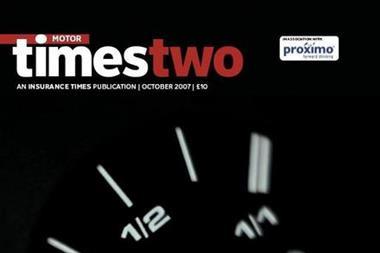Anita Anandarajah looks at the various covers for Formula Onee
The deafening squeal of tyres, the smell of burnt rubber and, of course Lewis Hamilton, conjure up the dangers and glamour of the world’s most expensive sport, Formula One (F1).
But with the thrills come the spills, and they show up as catastrophic accidents with wreckage littered across tracks. So it is little wonder that insurers are interested in this high risk event. Paul Dudley, managing director of Towergate TLC says: “Formula One presents fantastic risks to underwrite. The sport is well-funded, the factories don’t fall into disrepair and they work quickly to remedy problems.”
The paradox is that F1 is one of the safest sports. This is in part due to stringent rules put in place by the Federation Internationale de l’Automobiles (FIA), the international governing body for motor sports.
So how do underwriters assess the assortment of risks posed by the drivers, the cars and the venues where they race? Here we take a look:
The team, property and equipment
The team, property and equipment
Towergate TLC managing director Paul Dudley says: †Everything is insured from the factory to the cars, plant, gearboxes, engines and IT equipment, which is extremely valuable.†He estimates that a single F1 team could be insured for property damage for £70m–£80m.
Aon motor sports director Richard Rainbow says: “In the case of Ferrari, how cars are constructed, the number of trucks, number of cars in the fleet, staff numbers, wages, turnover and business interruption risks all contribute to the overall premium.â€Â
Hosted by comedian and actor Tom Allen, 34 Gold, 23 Silver and 22 Bronze awards were handed out across an amazing 34 categories recognising brilliance and innovation right across the breadth of UK general insurance.









































